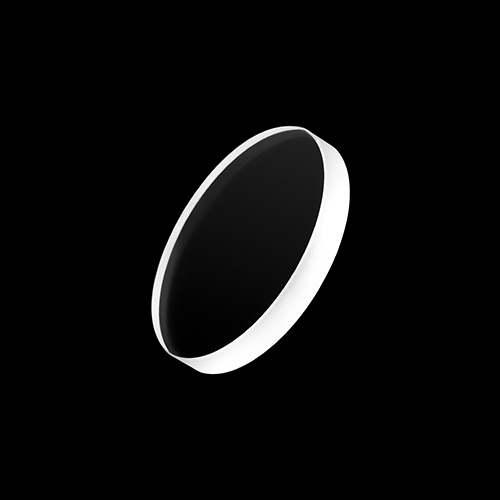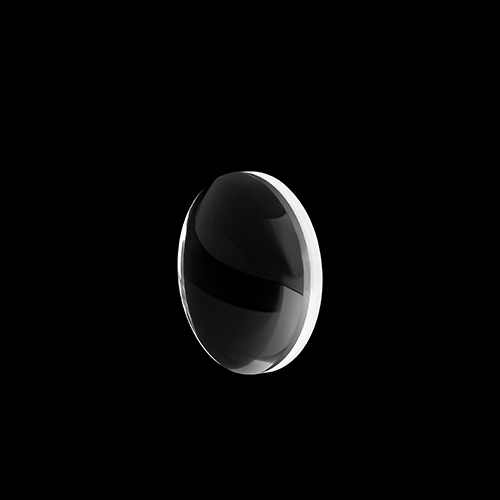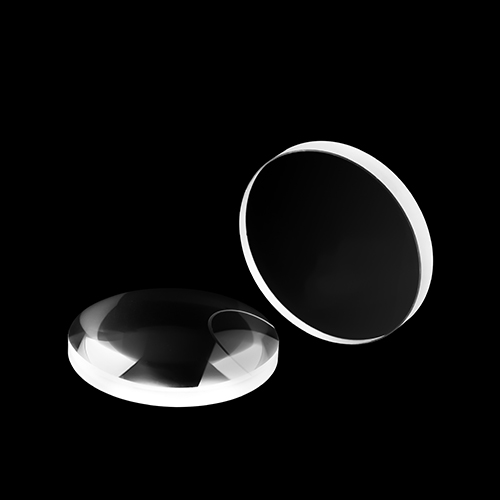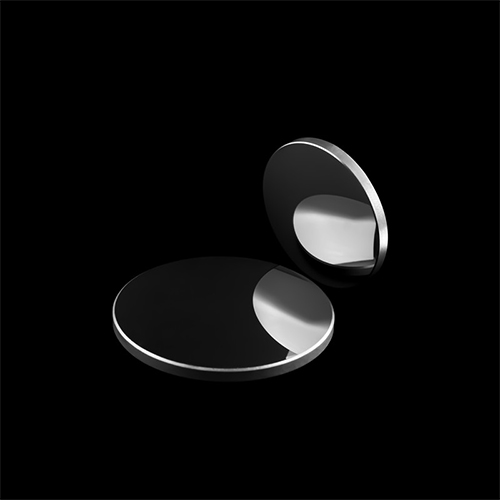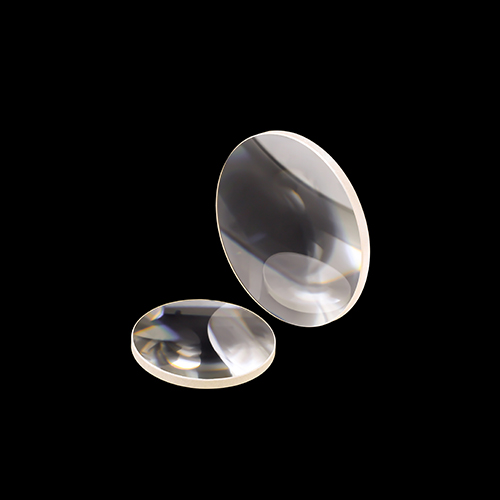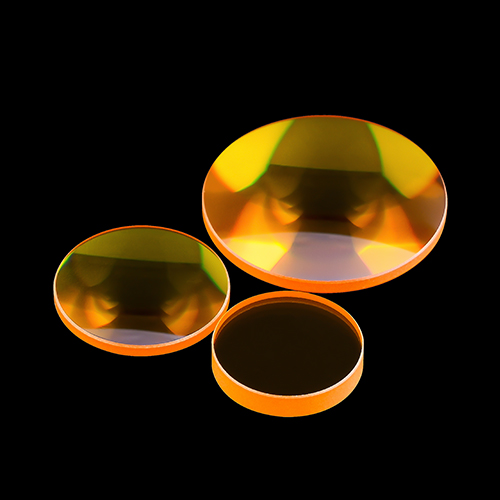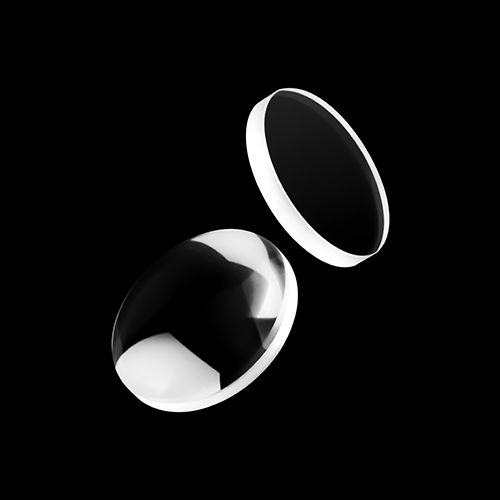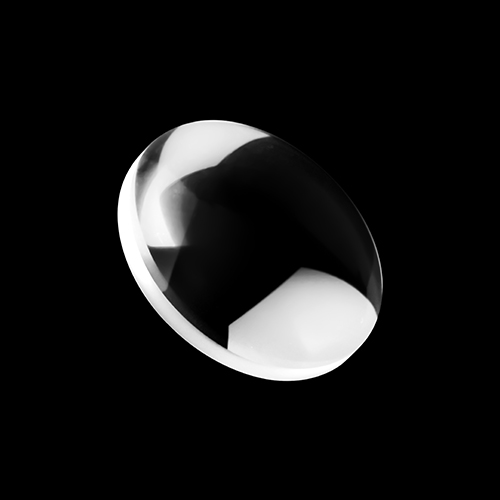A flat convex lens is a type of lens that is convex on one side and flat on the other. Its materials include K9 glass, fused silica, zinc selenide, zinc sulfide, germanium, silicon, lithium fluoride, magnesium fluoride, calcium fluoride and barium fluoride. So what is the formula for calculating the curvature radius of a planar convex lens?
The curvature radius is a physical quantity that describes the degree of curvature on the surface of a lens, representing the radius of the curvature circle at a certain point on the surface of the lens. For a planar convex lens, the curvature radius on the side of the plane can be considered infinite (because the plane is not curved), while the convex side has a specific curvature radius value. In the design and manufacturing process of lenses, the choice of curvature radius depends on various factors such as the lens focal length, spot size, and aberration correction. Therefore, the curvature radius is usually determined based on the purpose and performance requirements of the lens, rather than through simple calculation formulas.
If the focal length (f) and refractive index (n) of the lens are known, the curvature radius (R) of the convex surface can be inferred using the following formula: R=nf x (n-1)
The formula is only applicable for approximate calculations of thin lenses, and it is assumed that both surfaces of the lens are spherical. For more complex lens systems or specially designed lenses, it may be necessary to use more precise optical design software and methods to determine the curvature radius.
The above is an answer to the formula for calculating the curvature radius of a planar convex lens. We hope it will be helpful to you. If you have any questions, please feel free to consult or leave a message online.

